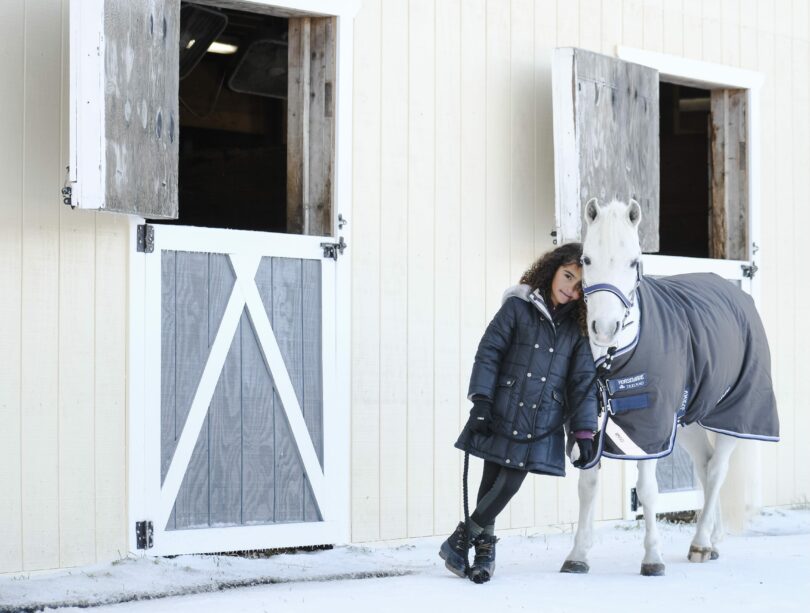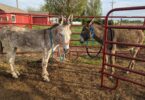“Mommy, pleassssseeee?”
Everyone probably knew a ‘horse-girl‘ growing up. In truth, encouraging young people (and those young at heart!) to get involved with equestrian activities has many benefits.
Children and young adults who ride horses learn everything from the importance of grit to the necessity of making a positive first impression. As a whole, equestrian activities have emotional, social, and physical benefits for young people.
Feature photo courtesy of The Posh Equestrian
The Pros
Vitamin D & No Screens!
On average, children spend 7.5 hours a day in front of a screen—over half of that time is for entertainment purposes. Why not break up those hours (or eliminate some of them) by spending time at the barn?
Typical beginner lessons will be around 45 minutes long. Once you factor in grooming, tacking up, and untacking your horse, you’ve got at least an hour and a half of quality interactions between people and animals (without social media).
Growing minds and growing bones need plenty of Vitamin D. Did you know that you can get Vitamin D from the sun? By spending their Saturday on a trail ride with their barn mates, your child is not only building friendships, but also stronger bones. Vitamin D absorption isn’t just for the young—it can also help prevent osteoporosis and help fight seasonal affective disorder.
Equestrians spend a lot of time in the sun—just be sure to wear sunscreen!
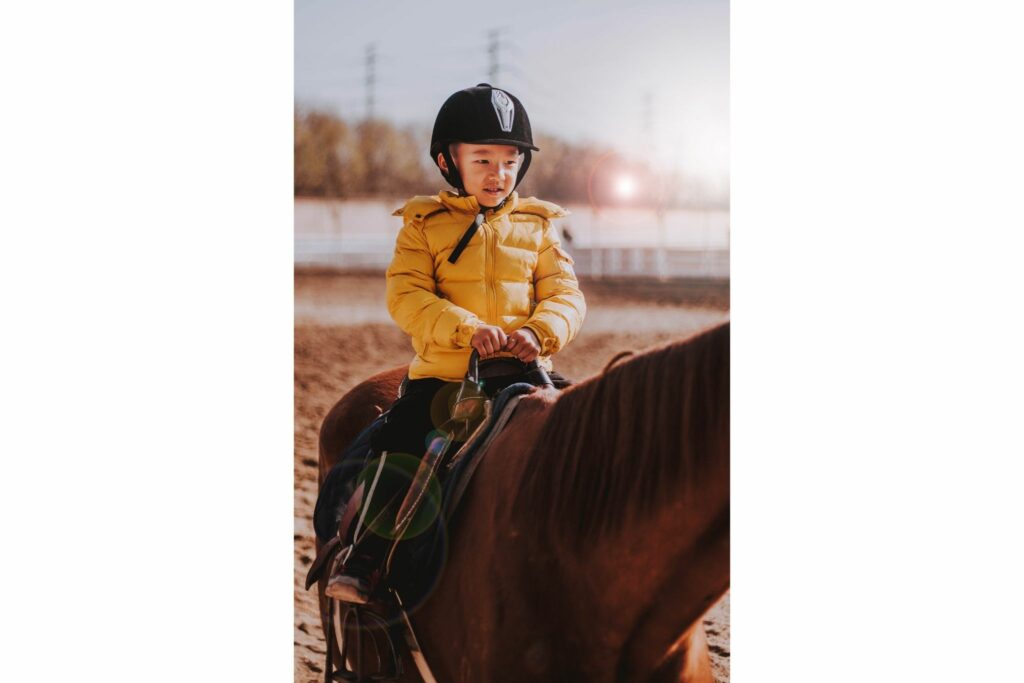
Photo Cred: Canva
Walk, Trot, Canter – Work Out?
If you want to make any equestrian mad, just repeat the following sentence “Riding isn’t that hard; all you do is sit there!” As you know, we do so much more than just sitting and looking pretty! It takes a lot of work to make riding look effortless.
According to a recent Texas A&M Agrilife study, forty-five minutes of flat work burns over 200 calories!
More strenuous activities like reining, cutting, or jumping a course burns even more. MyFitnessPal has an even higher calorie count ranging from 236-345 calories burned in an hour.
If you also factor in grooming and tacking up (354/hr), you can easily be doing the equivalent of a HIIT or Zumba class in your typical afternoon at the barn.
Additionally, horseback riding is a relatively low-impact activity. I’ve personally had three ankle surgeries and cannot run, but get just as winded after jumping a course as I did when I was training for a 10k!
Another benefit to horseback riding is how close the movement mimics the human motion of walking. This makes for excellent physical therapy for a variety of riders, as it can help build balance, strength, and flexibility.
Mental Health Benefits
Riding is not only good for the body, but also good for the heart and soul. Spending time outside and on a horse allows you to break away from the daily stressors and focus on simple, achievable tasks. You can’t easily take phone calls, answer texts or reply to emails on a horse!
Riding is an excellent opportunity to disconnect from the ins and outs of a demanding world and focus on the partnership between you and your trusty steed.
One study from Washington State University found that the stress hormone ‘cortisol’ is measured at lower levels in children who participate in equestrian activities. The discipline and grit required to excel at any equestrian sport also can influence how students view things like homework and life goals.
Furthermore, caring for and riding horses gives children and young adults confidence. Knowing that a 1,000lb+ animal trusts you and listens to you is empowering. Also, caring for another being teaches responsibility and can provide a sense of purpose.

Photo Cred: The Concrete Cowgirl
The Drawbacks
Cost
With all the positives, it’s hard to admit there are some challenges to having a child or teenager ready to jump into riding, but a few exist. The biggest, in my opinion, is cost.
Keeping horses alive and healthy isn’t cheap. A trip to the vet is so much more than that of a cat or a dog. Even just riding lessons (sans ownership) can get pricey. You are paying for the expertise and experience of your trainer.
On average, beginning riding lessons range between $50-100 per hour.
Some stables offer lesson packages that offer discounts for paying up front, but this can be cost prohibitive. There is a lot of discussion in the industry to determine how to make riding more accessible to all people– regardless of income.
Here’s a breakdown of a ‘starter package’ cost for lessons:
- Equine-specific Helmet: $35-100
- Paddock Boots: $30-75
- Jodhpurs/Breeches: $25-50
- 1 Month Lesson Package (2 Lessons/week): $400
Note: If you’re budget conscious, I recommend checking out websites like thetriedequestrian.com or thetackhack.com for consignment, lightly used apparel.
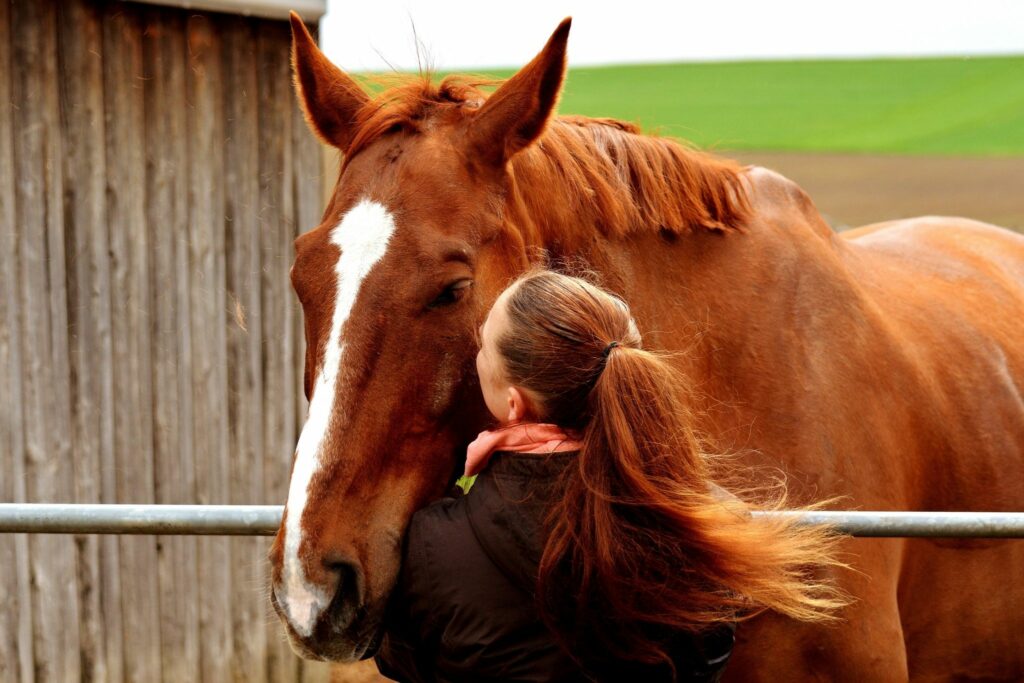
Photo Cred: Canva
Barn Time– The Limit Does Not Exist
There’s a joke with my spouse that when I leave for the barn I’ll see them “sometime before tomorrow” and while it is funny—it is also true. Horseback riding is a time commitment. Each lesson will be about 1.5 hours once you factor in grooming, tacking up, and untacking.
To progress and achieve your goals, you should be riding more than once a week. Furthermore, if you start going to shows, the time commitment is even more extensive.
This sport requires a lot of time and dedication. Before diving in, I recommend trying something such as a summer riding camp to make sure it is something you want to commit to.
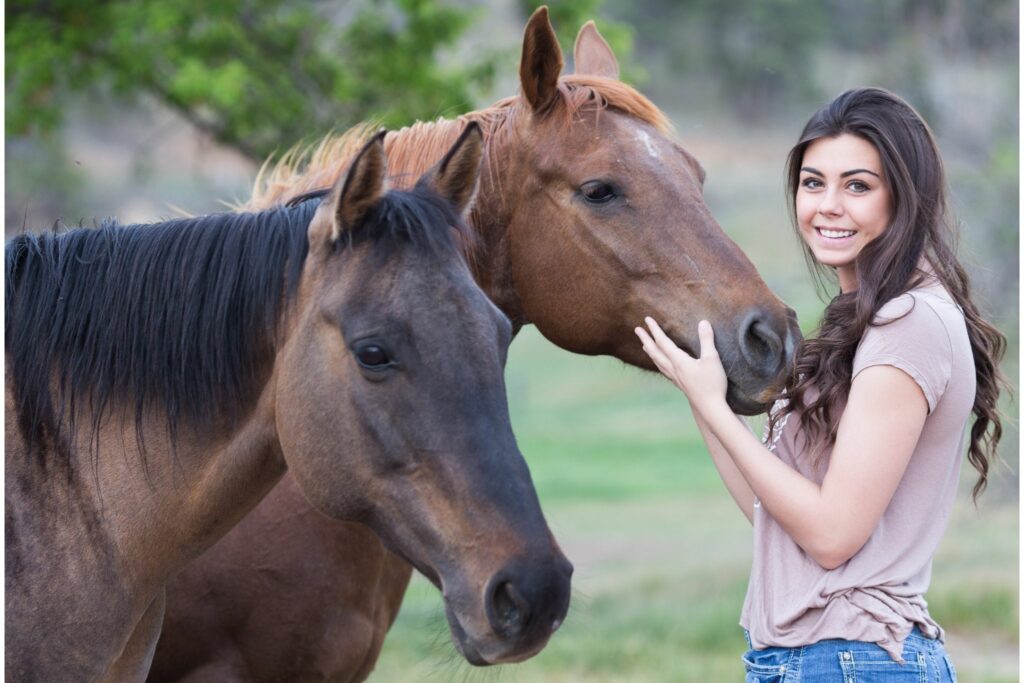
Photo Cred: Canva
Ready, Set, Go!
If you know you’re ready for the time commitment and you’re excited for all the positive aspects of riding, here are a few places to get involved:
4-H
4-H is the US’s largest youth development organization and offers a wonderful Horse program for grades 3-12. You can find your local 4-H here. You can show with the 4-H program in various disciplines from halter to equitation to barrel racing.
Pony Club
The US Pony Club is dedicated to building teamwork and sportsmanship through equestrian activities. They also work to develop leadership skills and personal responsibility in all their riders. Pony Club has multiple forms of membership (including those for adults). It also encompasses a variety of disciplines from gymkhana games to western
Local Circuits
Most major metropolitan areas will have some type of local equestrian circuit. Keywords to Google would be the discipline you are interested in and the words circuit, association, or organization, along with your location.
Girl Scouts
Depending on your location, you may have equestrian options through your local Girl Scouts troop. In Texas, this group of girls are called the Tejas Riders. They learn western drill and patterns.
You can find more information about Tejas Riders here.
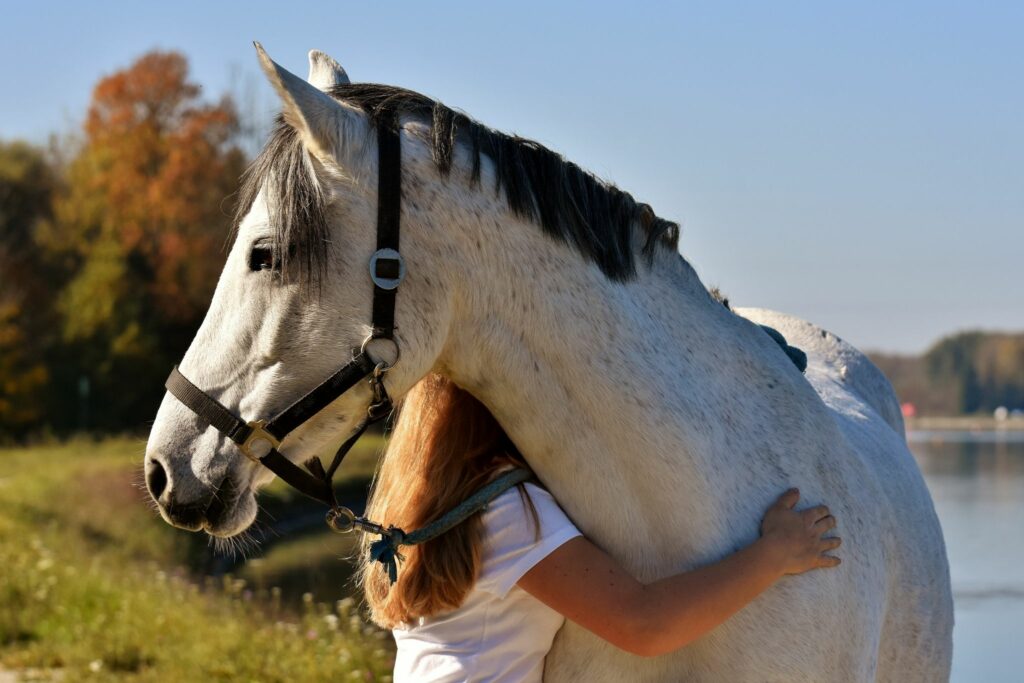
Photo Cred: Canva
Parting Thoughts
Now that you know the good, the bad, and the amazing benefits associated with horseback riding, I hope you decide to saddle up and hit the trail or the arena. Of course we believe there is truly no better place to spend your time than on a horse.
P.S. Enjoy this article? Trot on over to:
- When Should You Start Horseback Riding Lessons?
- 6 Best Equestrian High Schools (Book & Saddle Smart)
- Game On! Top 5 Online Games for Horse Lovers
- Tot to Trot: 5 Best Riding Helmets for Toddlers
- 9 Best Horse Magazines for Kids Who Love Learning
- 7 Best Binge-Worthy Horse TV Shows
- How to Ride a Horse for Beginners (Basics, Safety, Mistakes)
- How Much Horses Cost & How Can You Actually Afford One
- Estimate Your Average Horse Cost (State by State)
- Horse Rookie’s Monthly Expense Reports
- Horse Riding Gear for Beginners (Quick-Print Equipment List)
Sources
https://www.cdc.gov/nccdphp/dnpao/multimedia/infographics/getmoving.html#:~:text=About%20Screen%20Time,which%20are%20spent%20watching%20TV
https://www.cdc.gov/nutrition/infantandtoddlernutrition/vitamins-minerals/vitamin-d.html
https://www.healthline.com/nutrition/vitamin-d-from-sun
https://news.wsu.edu/press-release/2014/04/24/horsing-around-reduces-stress-hormones-in-youth/?utm_source=HorseandRiderFB
https://blueskytexas.org/horse-program/
https://4-h.org/
https://www.ponyclub.org/About.aspx

